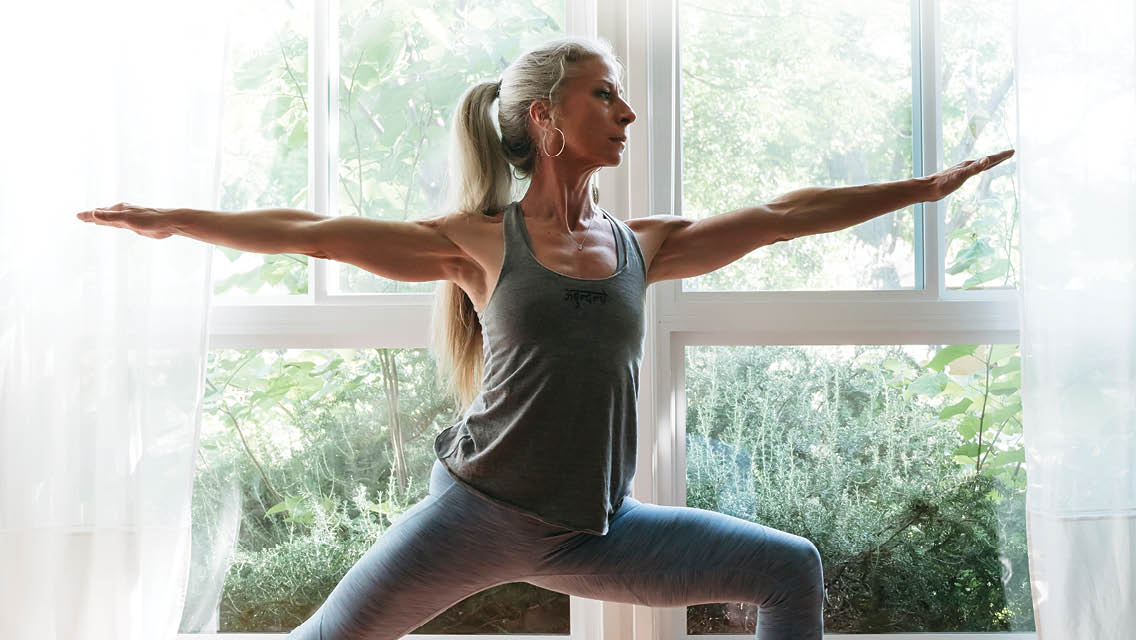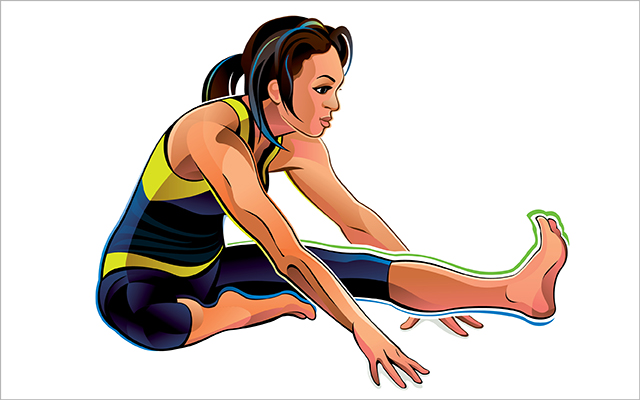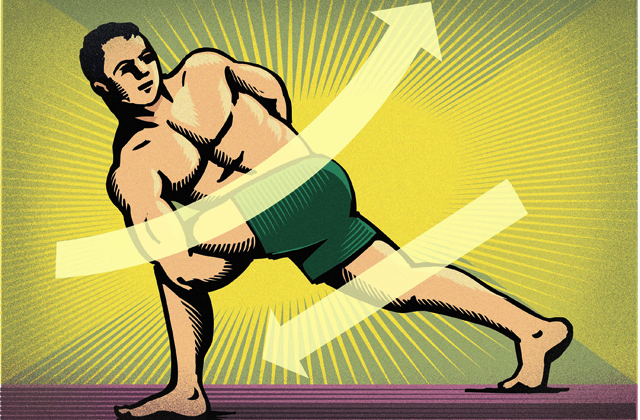When a muscle feels tight — whether it’s because you’ve charged into a new activity, performed repetitive movement patterns, or settled into sedentary postures — you instinctively stretch it out. This might feel great in the moment, but the effect is usually fleeting. To get the most out of each stretch, it’s important to stay with it long enough to convince your brain and nervous system to release the tension.
Certain structures in your muscles and tendons, including muscle spindles and the Golgi tendon organ (GTO), send signals to adjust course when a muscle stretches too far or too fast, in order to protect the joint from injury. It’s important to hold the stretch for more than about 30 seconds — or move in and out of the stretch position repeatedly — to encourage these structures to release their hold, explains fitness coach and Kinstretch instructor Beth Lewis, FRC.
With practice, proper stretching raises the body’s tolerance for larger ranges of motion, and the effects of stretching become more sustained. But if you stop stretching, the muscles will return to their shortened state. “It’s a use-it-or-lose-it proposition,” says Lewis.
Long, sustained stretches — lasting up to several minutes — may over time elongate muscles and tendons. But short of that, stretching is less a matter of mechanically increasing a muscle’s length, and more about teaching your brain and nervous system that you’re safe at larger joint angles.
“You’re not only stretching tissue,” explains trainer and injury-prevention expert John Rusin, DPT, CSCS, PPSC. “You’re educating your joints.”
Stretching, then, is a form of movement practice that involves all of you: brain, nervous system, and supporting joints — as well as the tissues you’re stretching. Its effects, Rusin cautions, will be significantly reduced if you perform the movements while distracted. “If you’re not focusing and breathing deeply as you perform these stretches, they become almost useless.”
This was excerpted from “Stretch Your Fitness” which was published in Experience Life magazine.





This Post Has 0 Comments